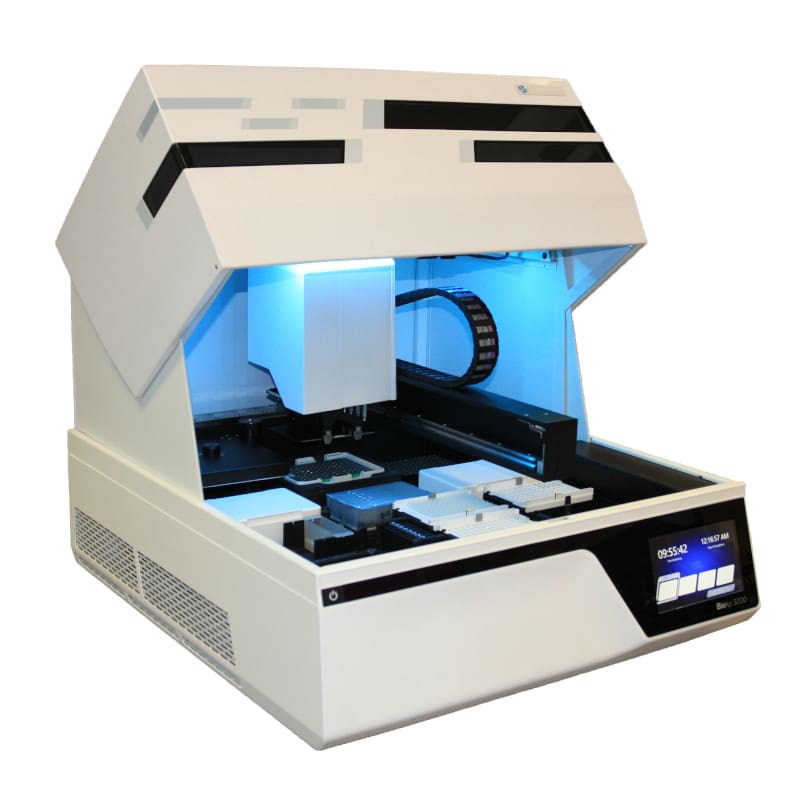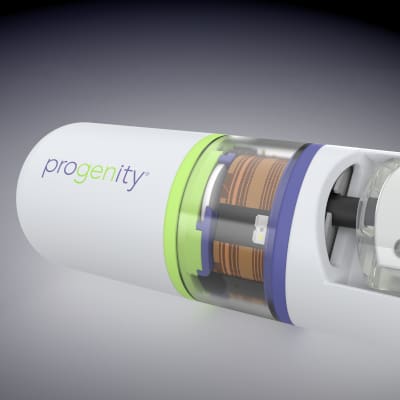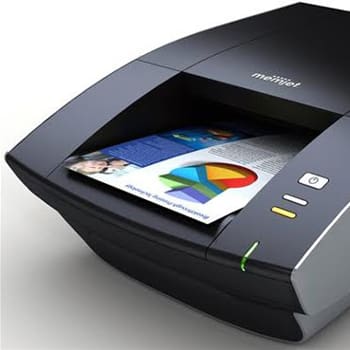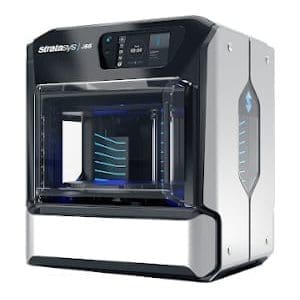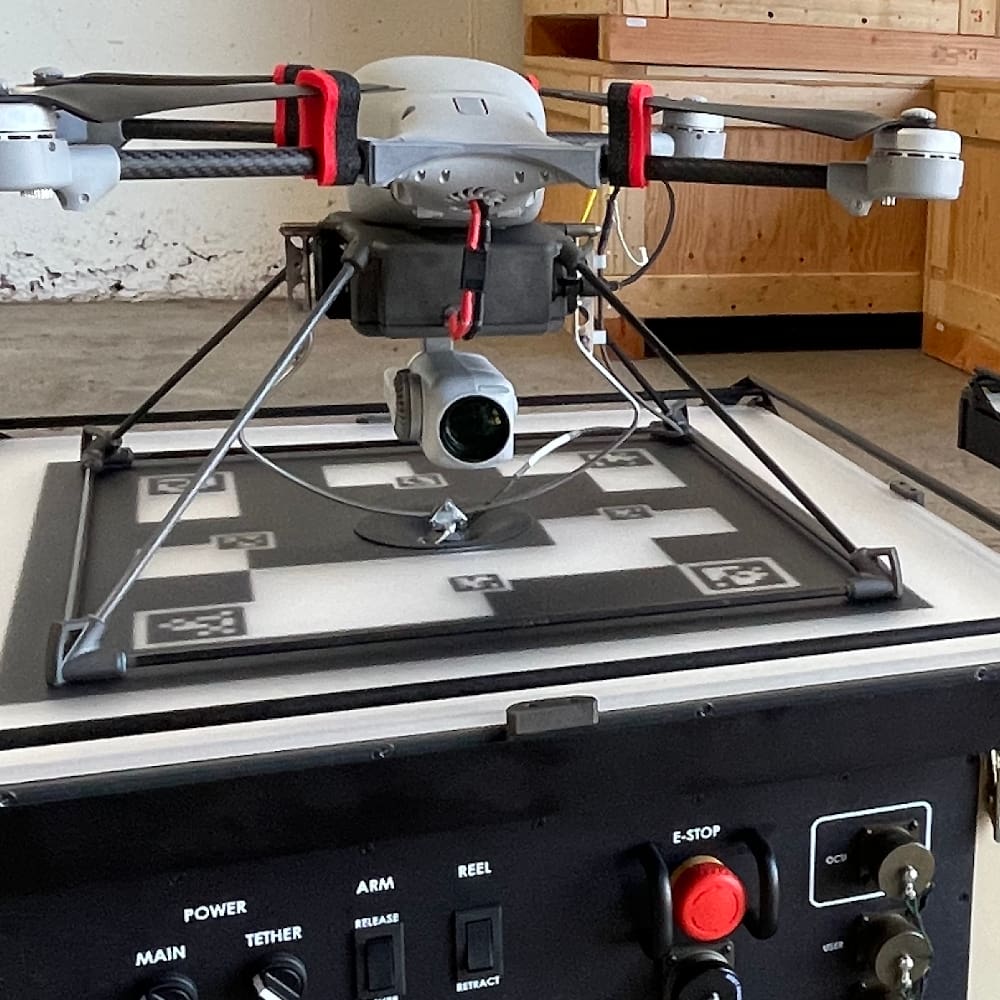Development of the G6 Applicator
Project Scope
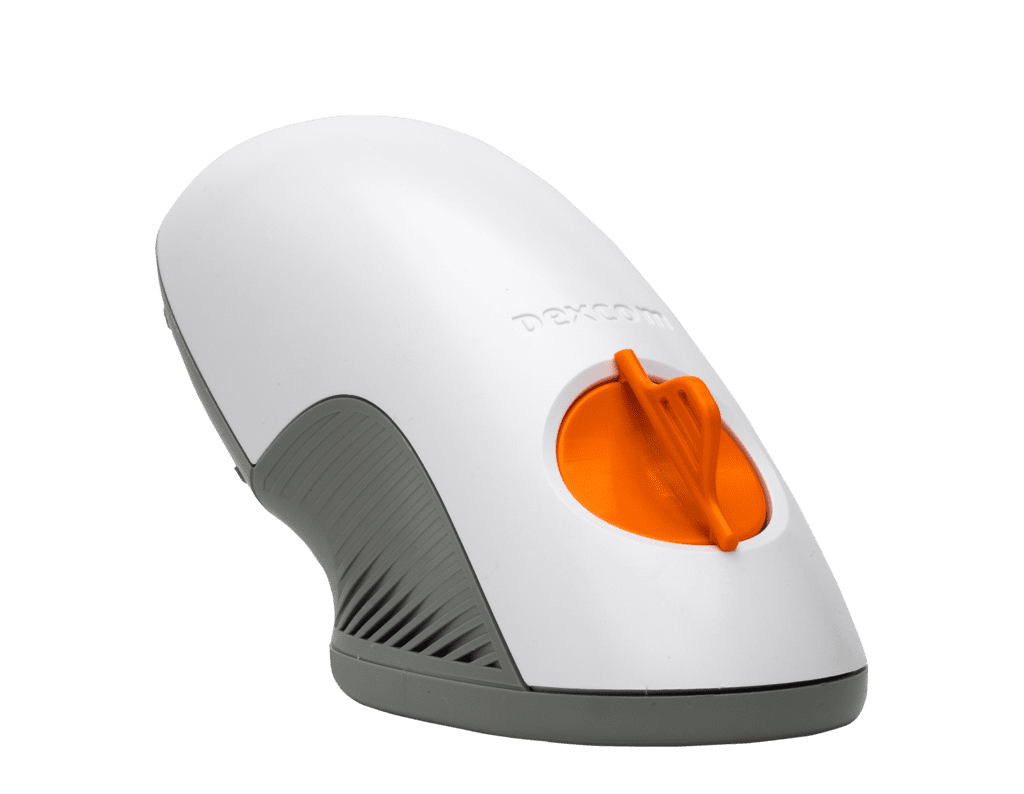
NOVO performed initial concept development, feasibility prototypes, and early-stage development for DexCom’s auto-applicator. The auto-applicator is the sensor delivery device for their G6 continuous glucose monitoring (CGM) system. When applied to the body and triggered by the user, the single-use applicator automatically inserts a sensor subcutaneously, makes the electrical connection, and adheres the transmitter base to the patient. The applicator for DexCom’s G5 and earlier CGM generations, also co-developed by NOVO, has been on the market for over a decade.
Technical Challenges
NOVO performed system modeling to simulate the delivery cycle of the applicator. High-speed video was used to analyze mechanism dynamics caused by the rapid sensor insertion. Precise and repeatable insertion depth was required to position the sensor in the optimum layer of skin, and to ensure that the electrical connection to the transmitter would be reliable. A low-friction seal through which the sensor was inserted was developed to protect the electrical connection from body fluids.
This applicator is part of a Class II medical device for type 1 and type 2 diabetes. To meet preset clinical trial dates, NOVO had to adhere to strict deadlines and produce a high number of samples required to be built in a cleanroom environment. In addition, NOVO designed assembly fixtures for needle bonding, cannula bonding, and adhesive patch attachment to the transmitter base. NOVO was also involved in optimizing the design for high-volume automated assembly.
Results
Hardware innovations included a novel mechanism that uses a single spring to insert and retract the needle-cannula assembly. NOVO worked with DexCom’s design partner IDEO to integrate their advanced ergonomic, styling, and human-factors design. The device was well on its way to commercialization when NOVO handed the project back off to DexCom’s internal team to complete the commercialization effort. Some of the novel innovations generated during this project resulted in two issued US patents (9 931 065 and 9 615 779), and the CGM system received FDA approval in March 2018.


